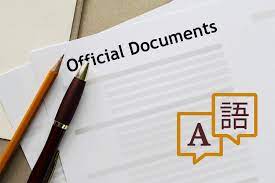
To get a document officially translated, especially for legal, academic, immigration, or government use, you’ll need a certified translation. Here’s how to do it step by step:
✅ 1. Determine What “Official” Means in Your Case
- For immigration, legal proceedings, academic transcripts, or government use, the translation often needs to be:
- Certified (signed by the translator or agency)
- Possibly notarized or apostilled (depending on the country or agency)
- In some cases, done by a sworn translator (e.g., in France, Germany, Spain, or Vietnam)
🏢 2. Choose a Certified Translation Provider
You can use:
- Professional translation agencies (e.g., TDN Translation)
- Freelance certified translators (through platforms like ProZ.com or ATA)
- In-country sworn translators (if your destination requires them)
Make sure they:
- Provide certification letters with name, signature, and date
- Guarantee accuracy and accept liability
📄 3. Prepare the Document
- Make a clear scan or copy of the original document
- Don’t alter or redact anything unless instructed
📬 4. Submit and Request the Correct Format
- Tell the translator what the translation is for (e.g., “for USCIS submission,” or “for university application”)
- Request:
- A certified translation letter
- Notarization if required
- Digital and/or hard copy as needed
📑 5. Check the Final Translation
Make sure the certified translation includes:
- A statement of accuracy
- The translator’s full name and contact
- Signature and date
- The full translated text in the required format
🚨 Tip: For U.S. immigration (USCIS), notarization is not required, but certification is mandatory.
If you tell me what country or organization you’re dealing with (e.g., USCIS, a university, or a court), I can give you more tailored advice.

